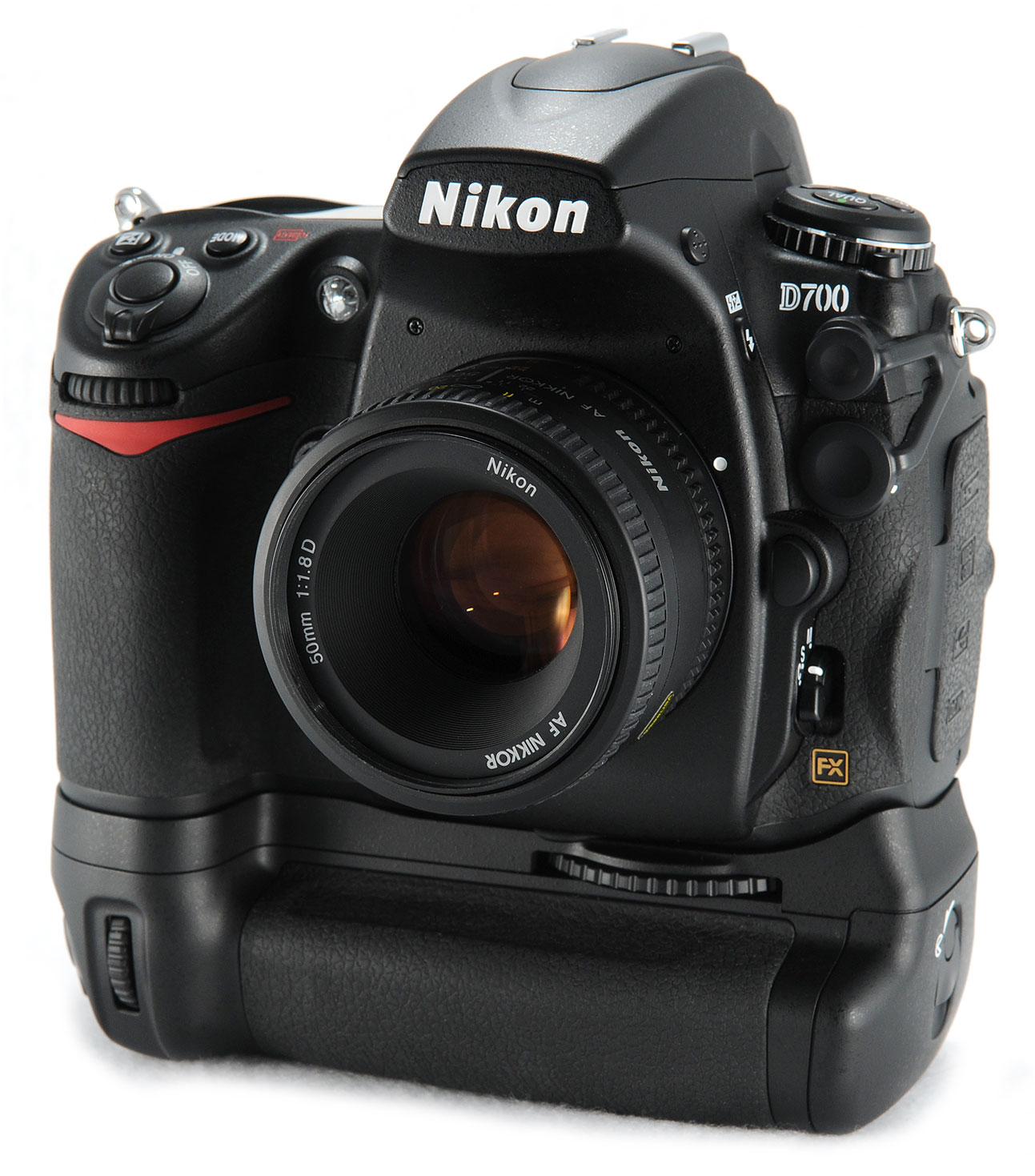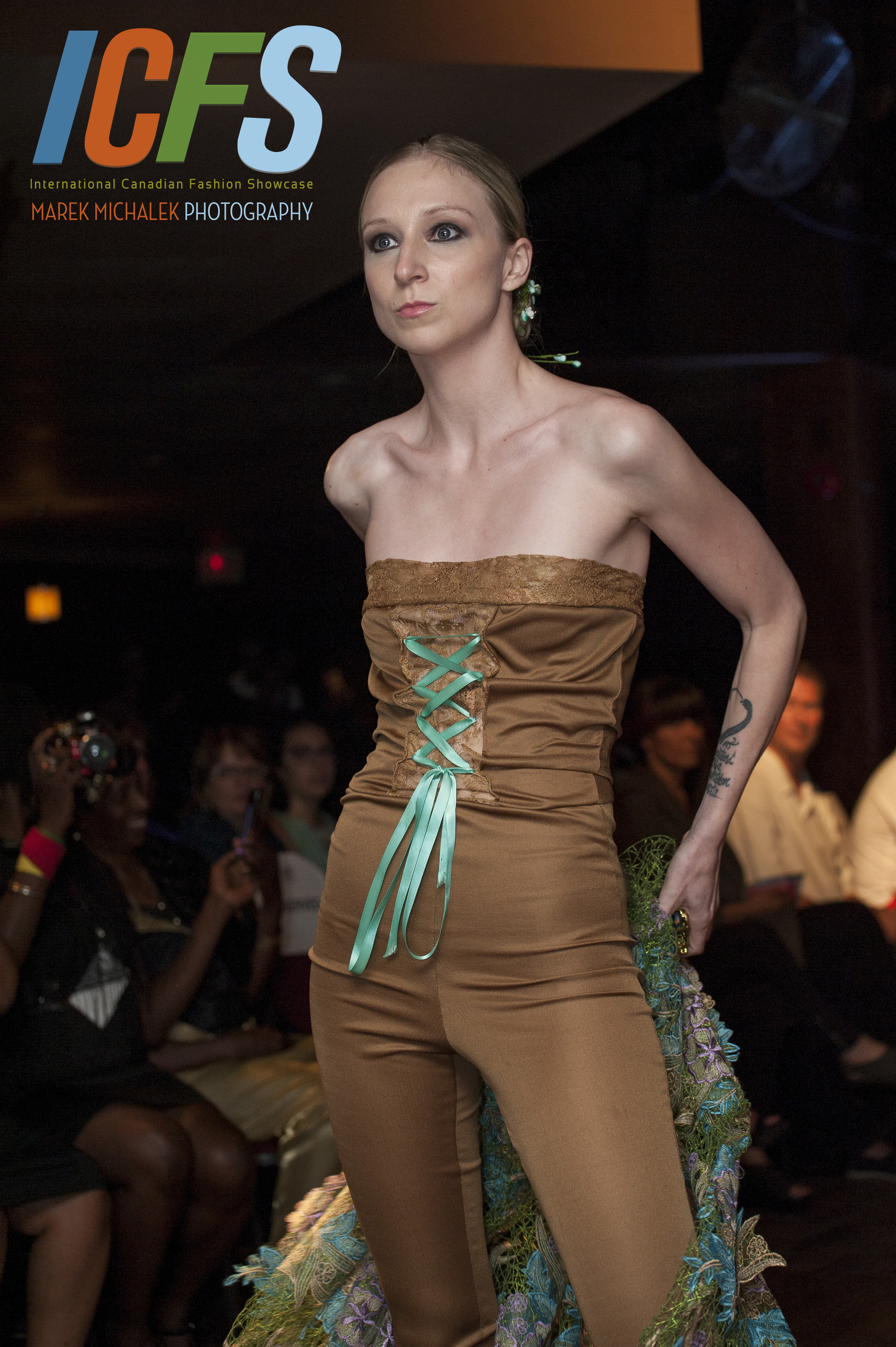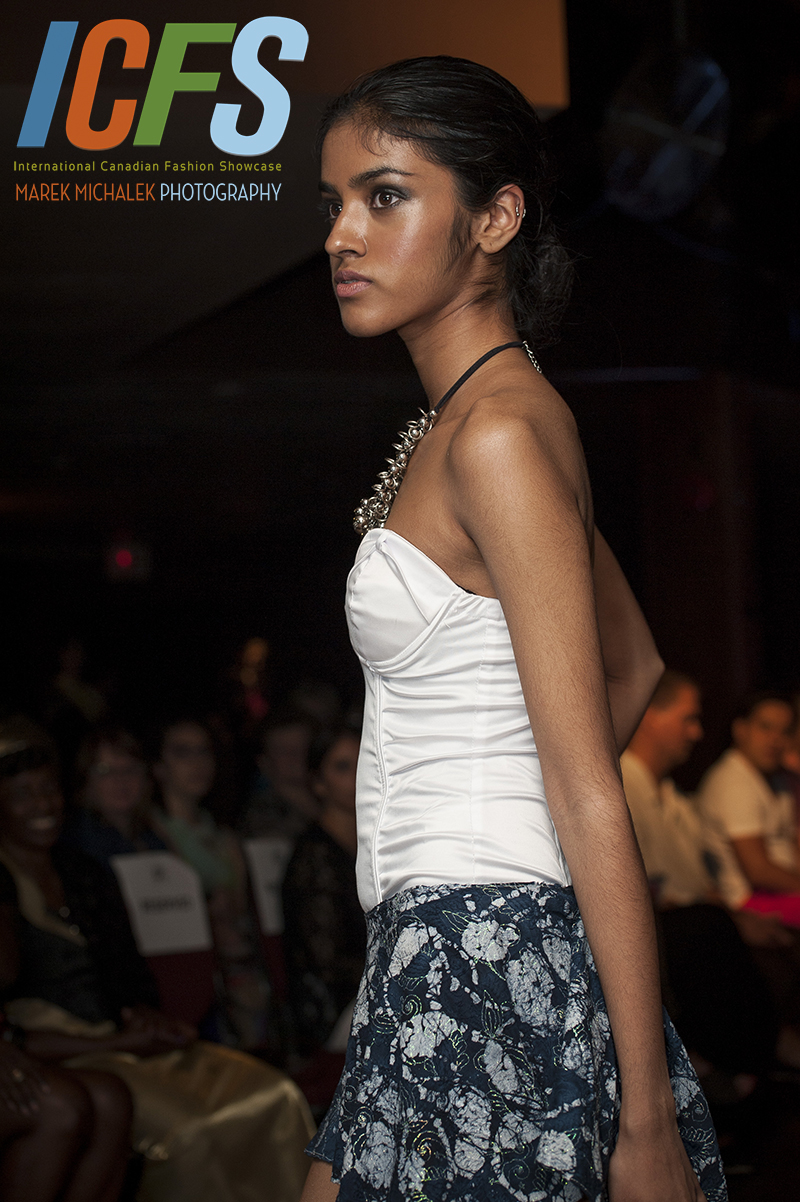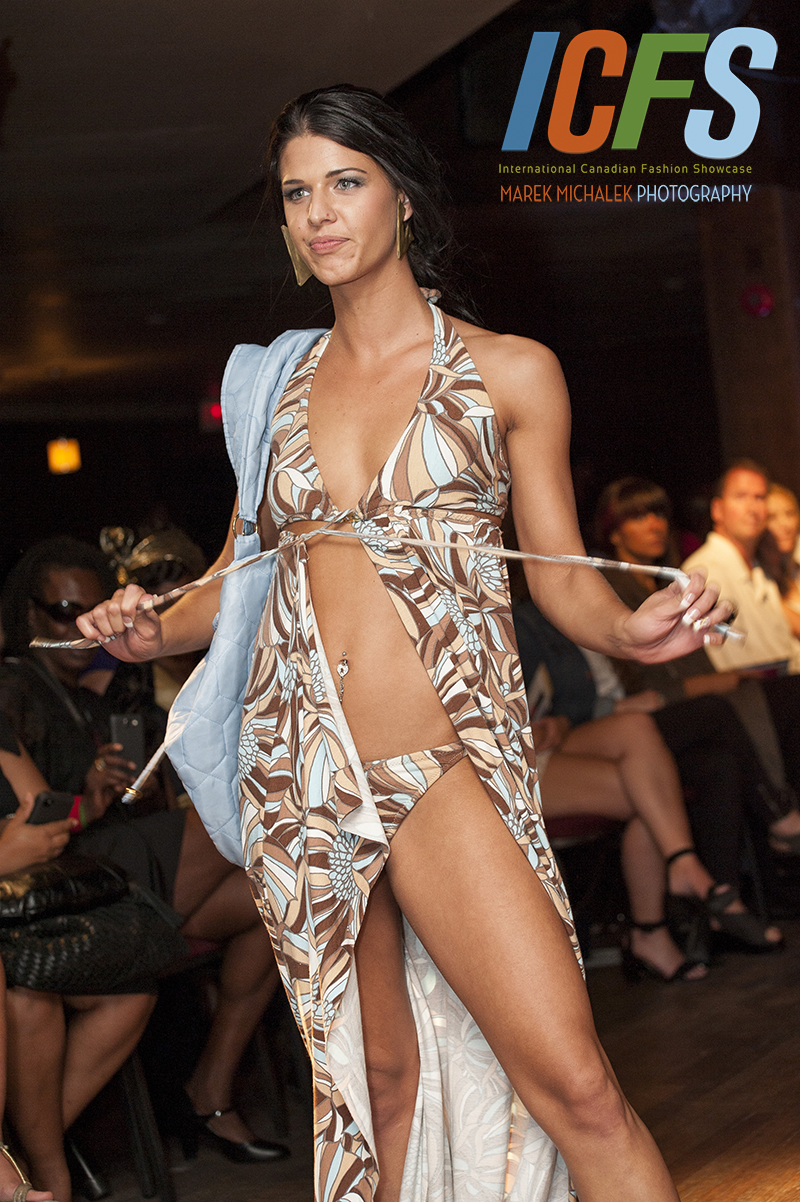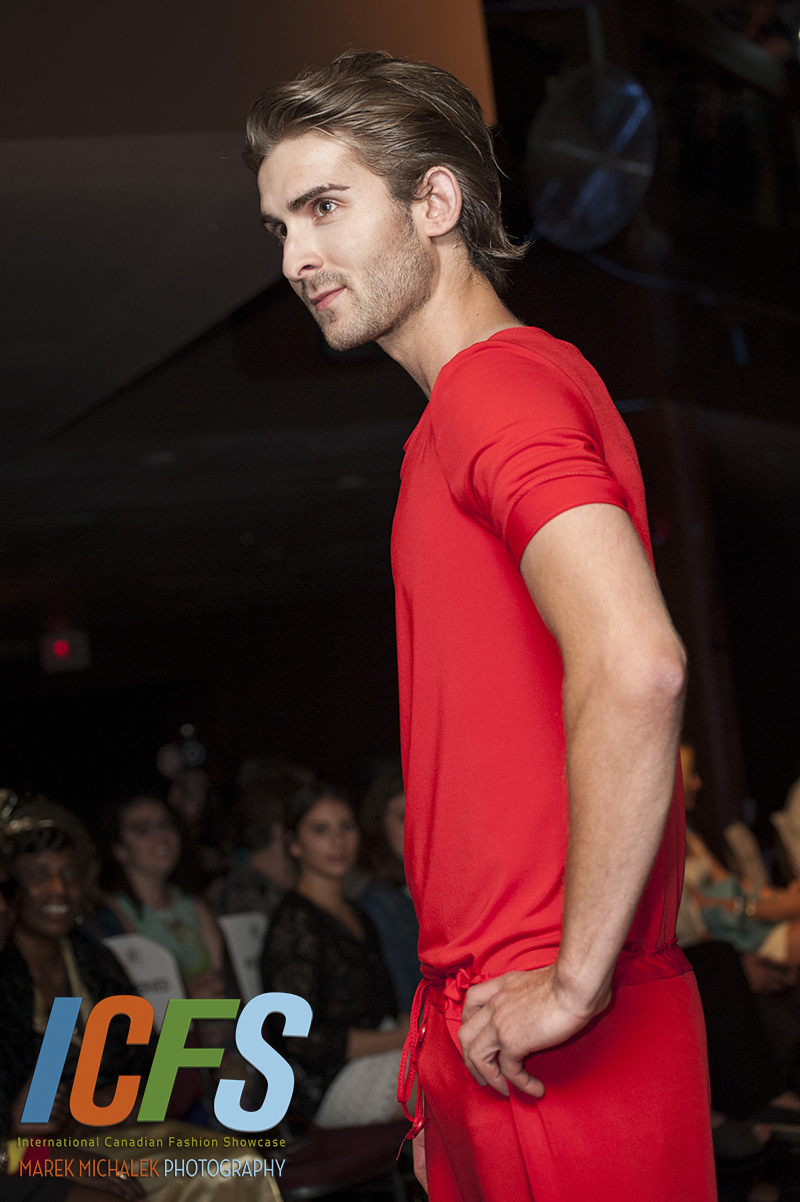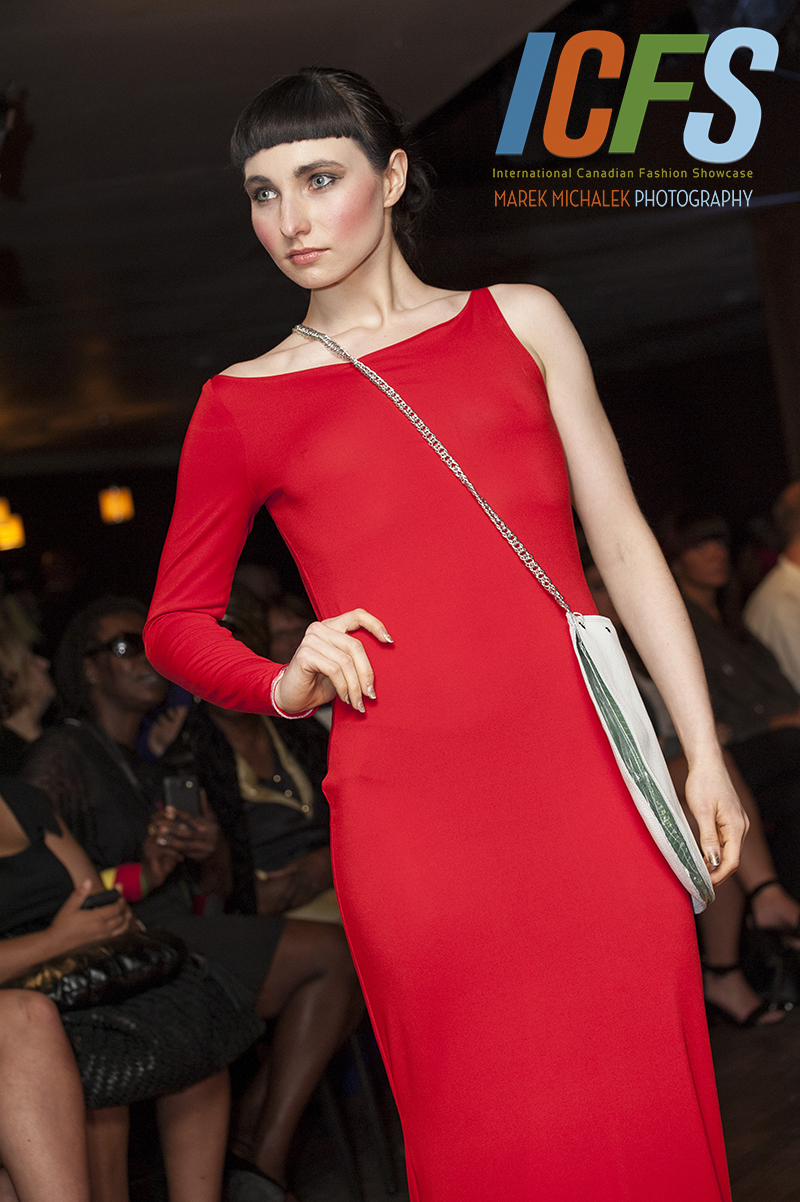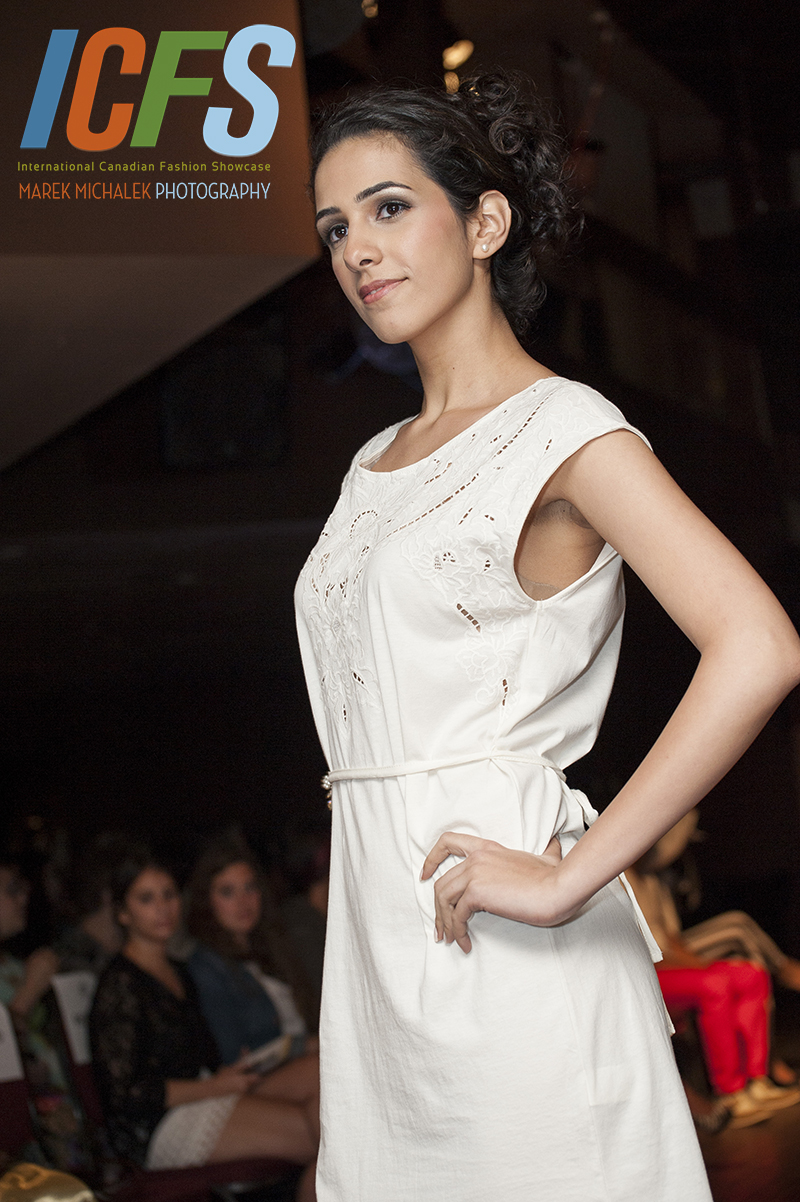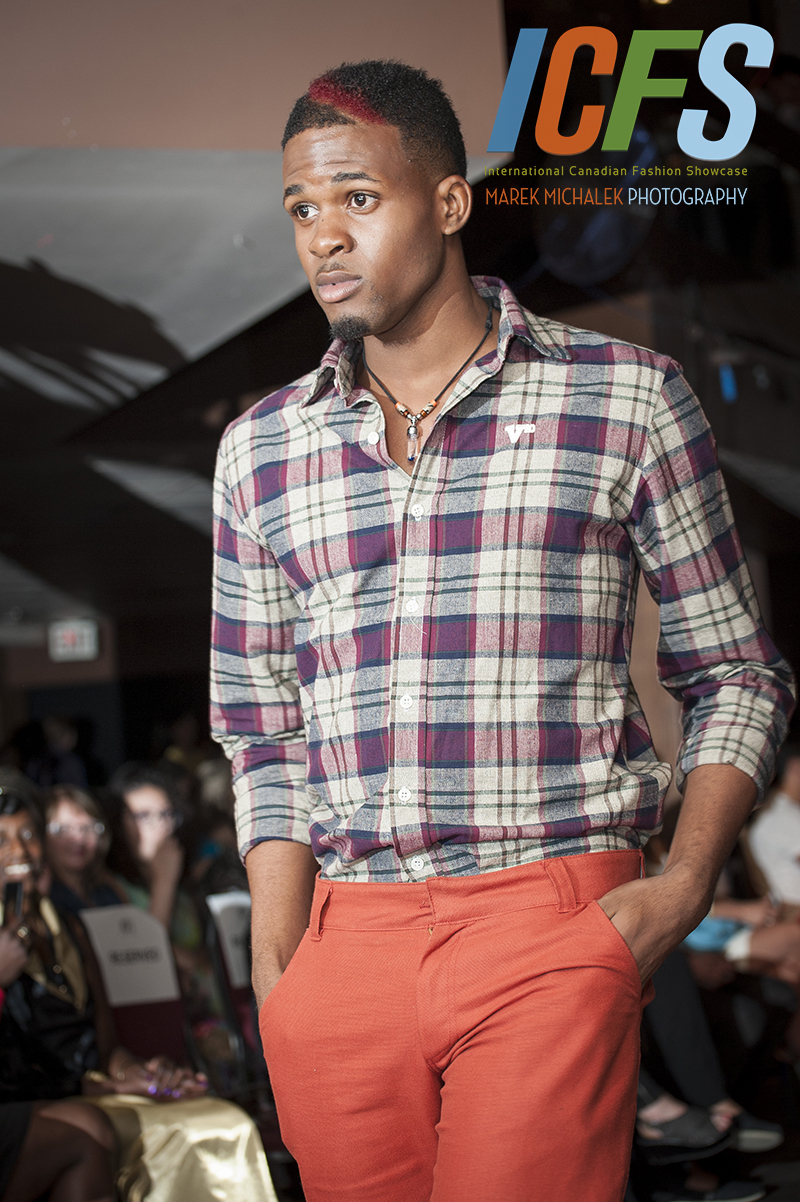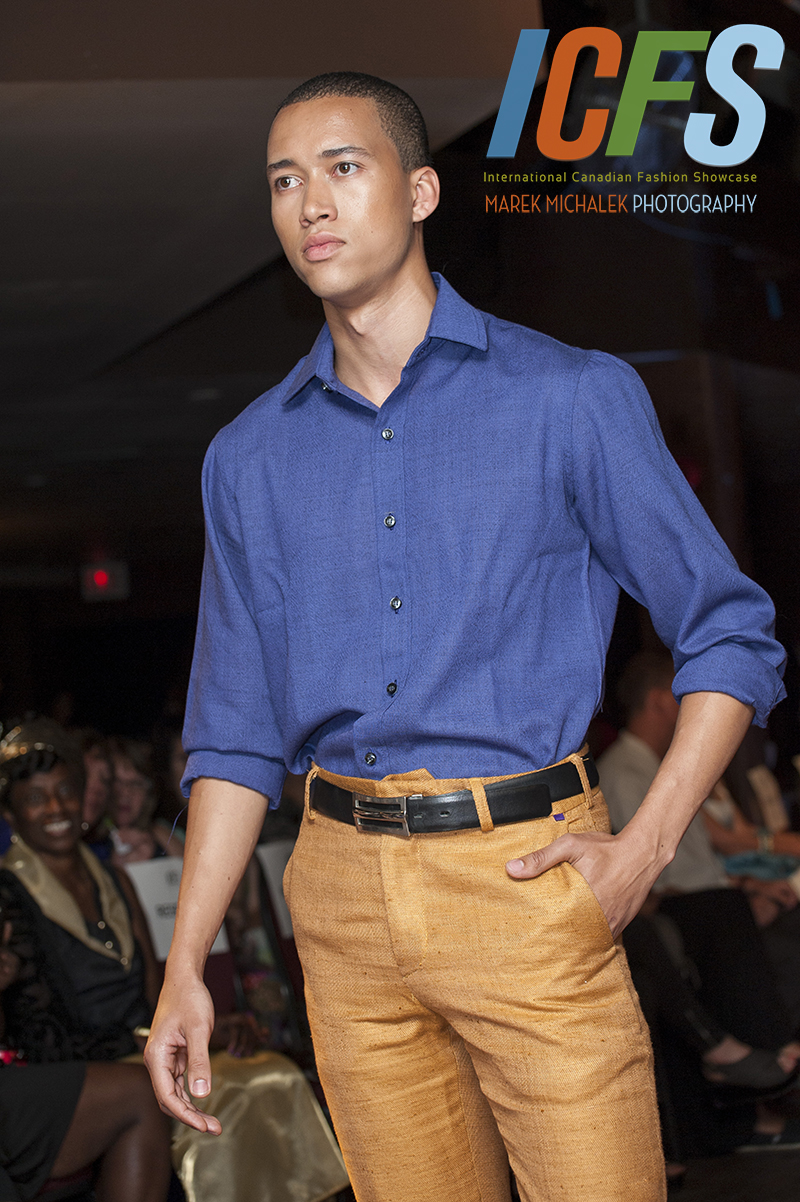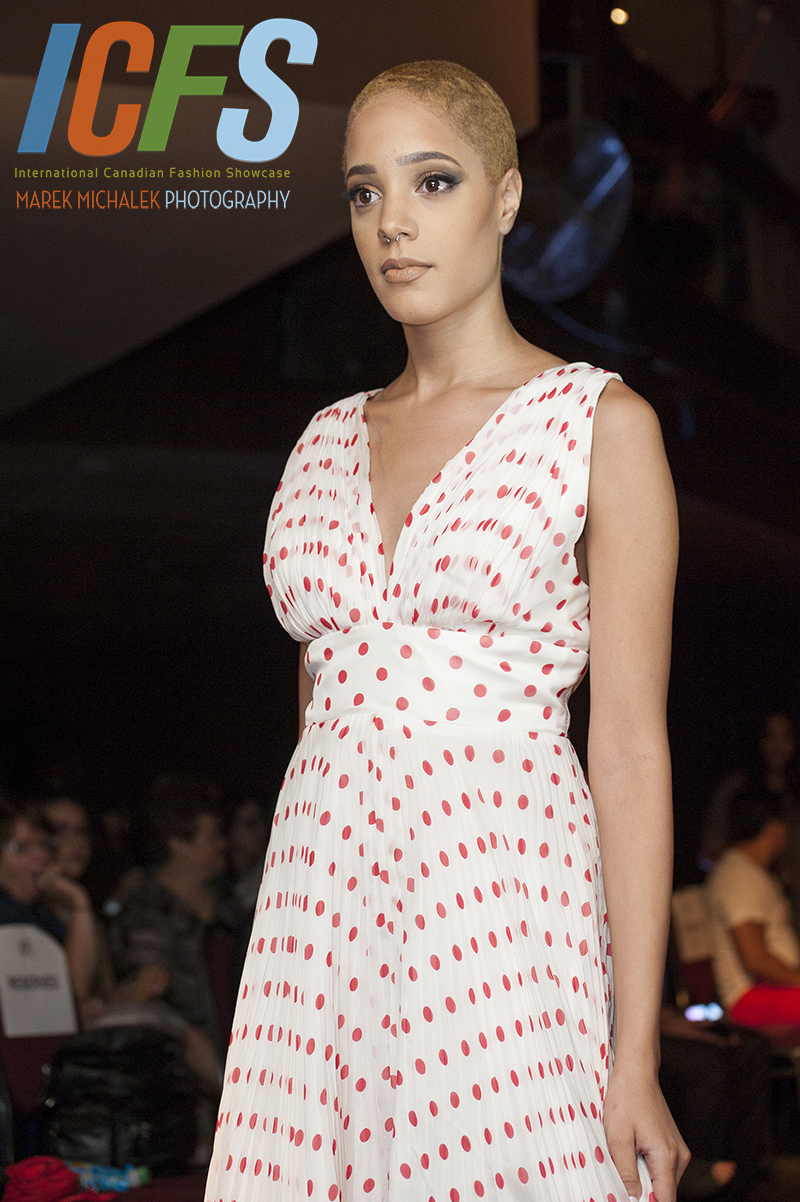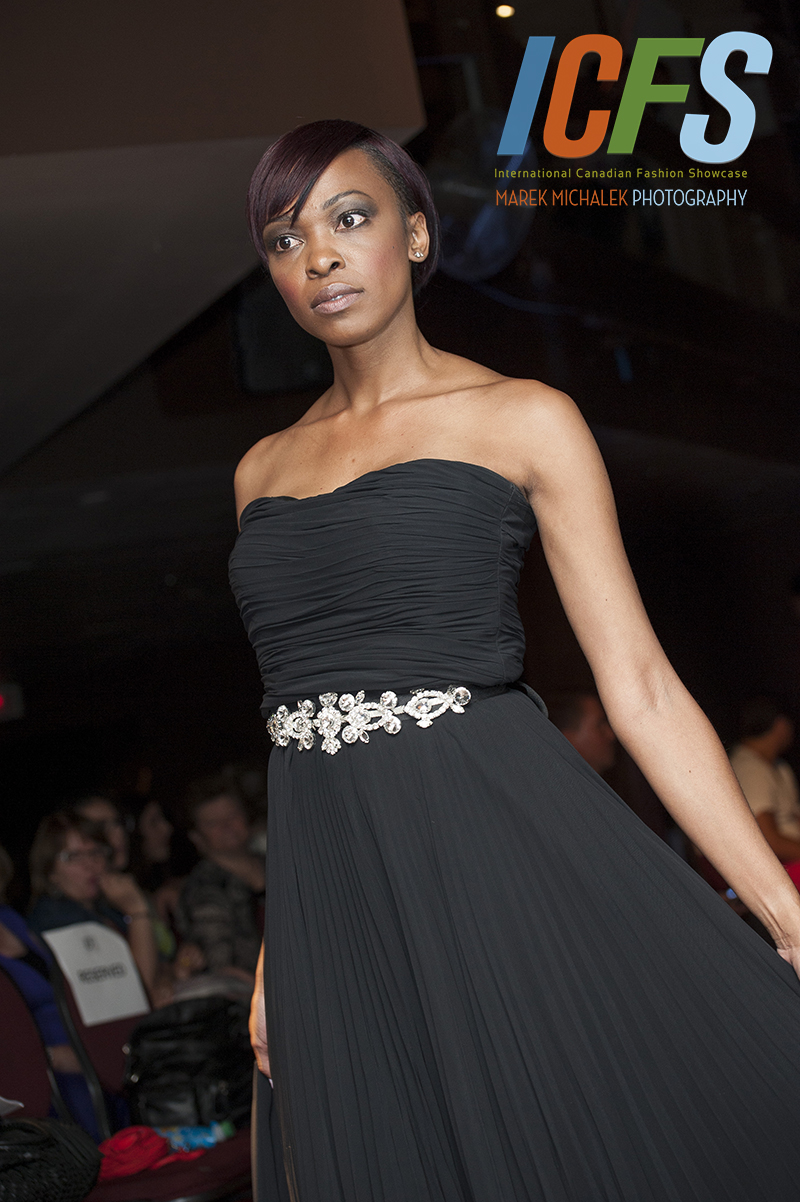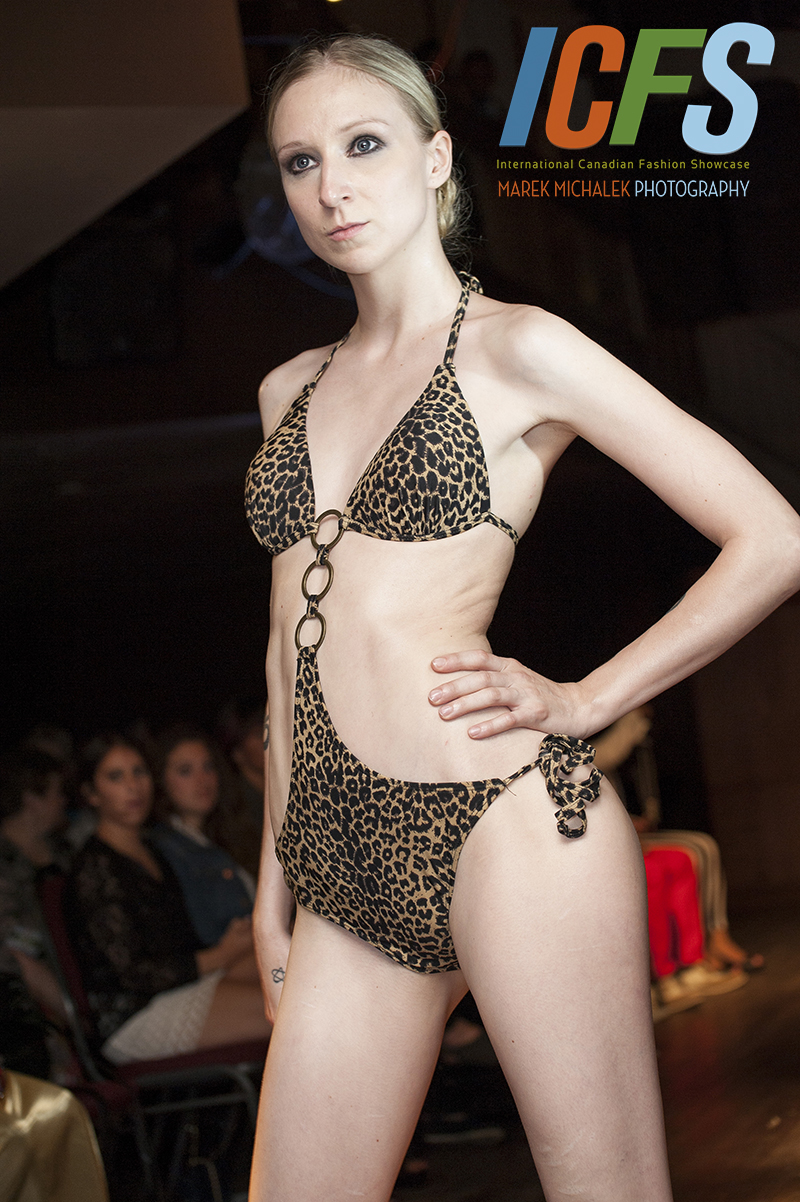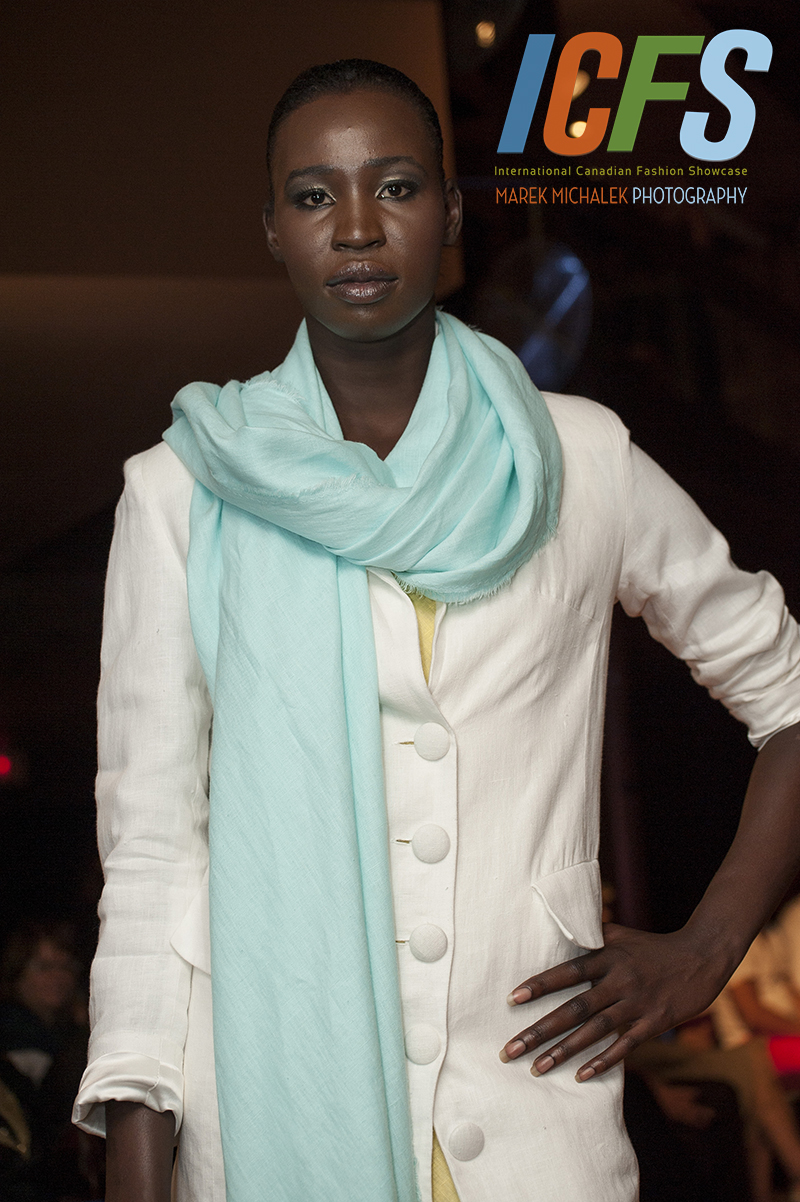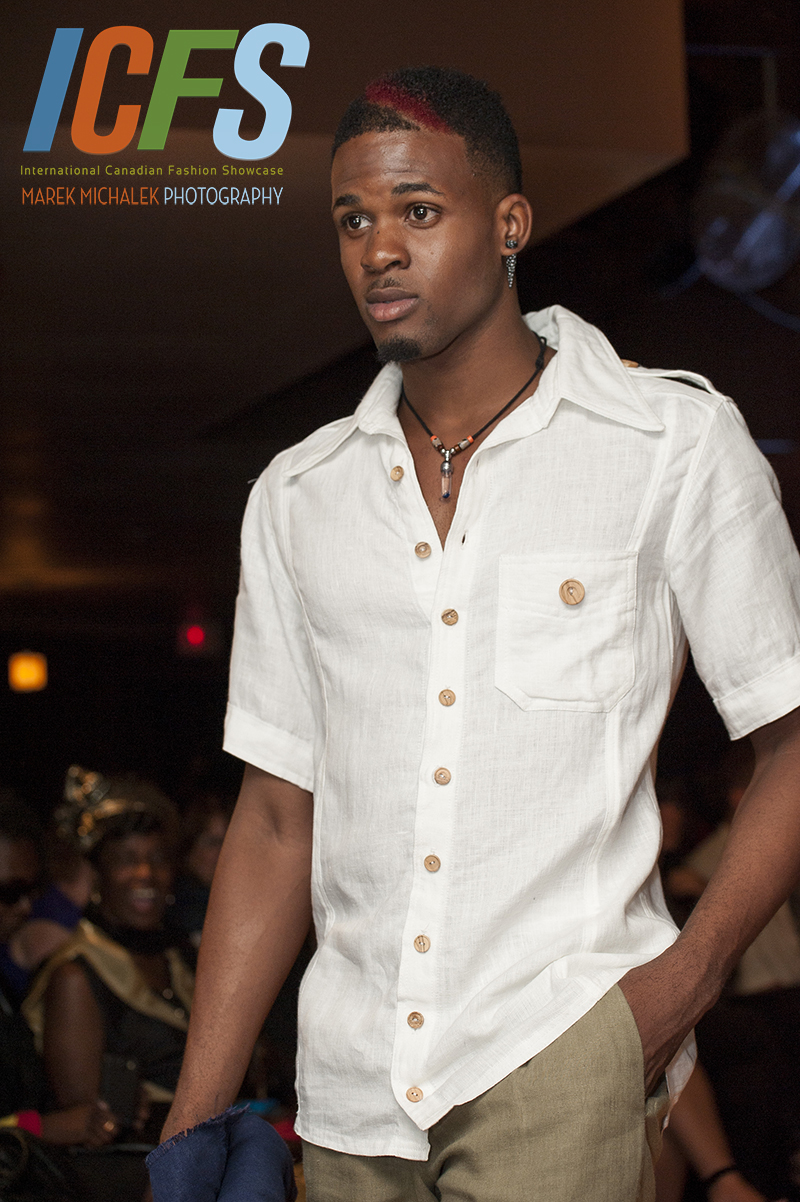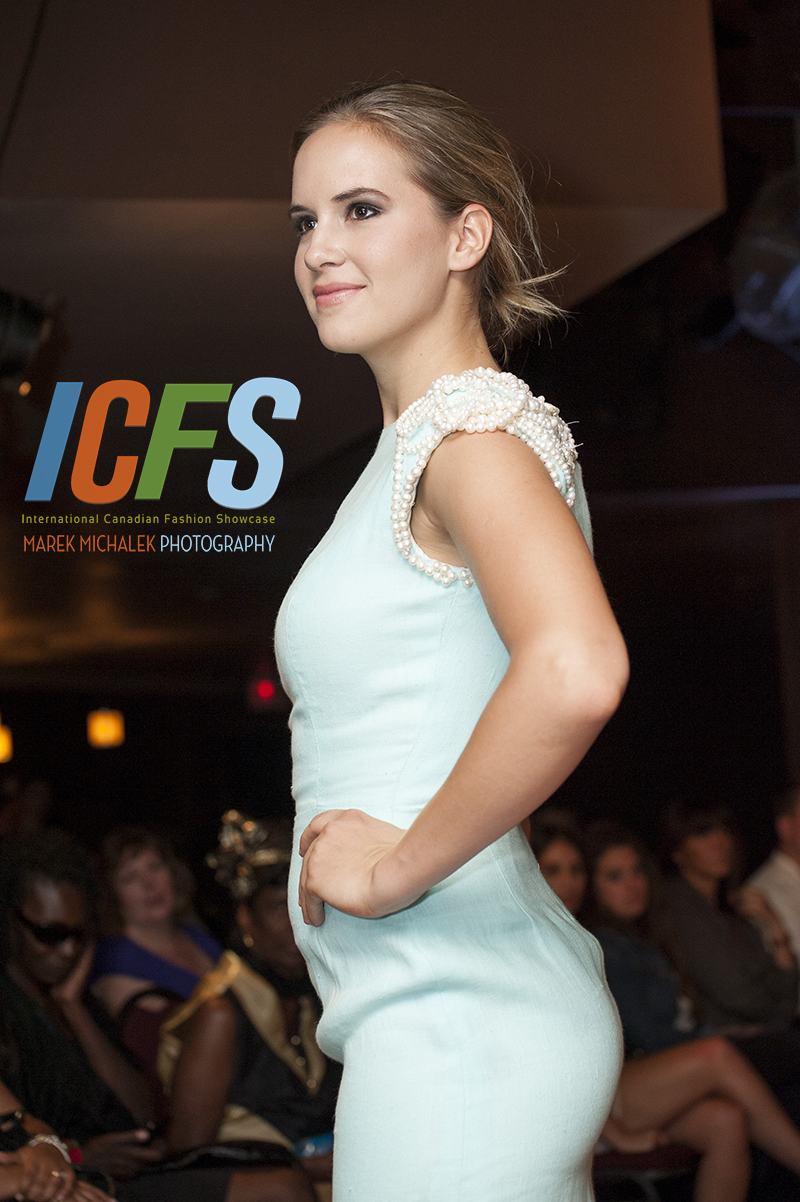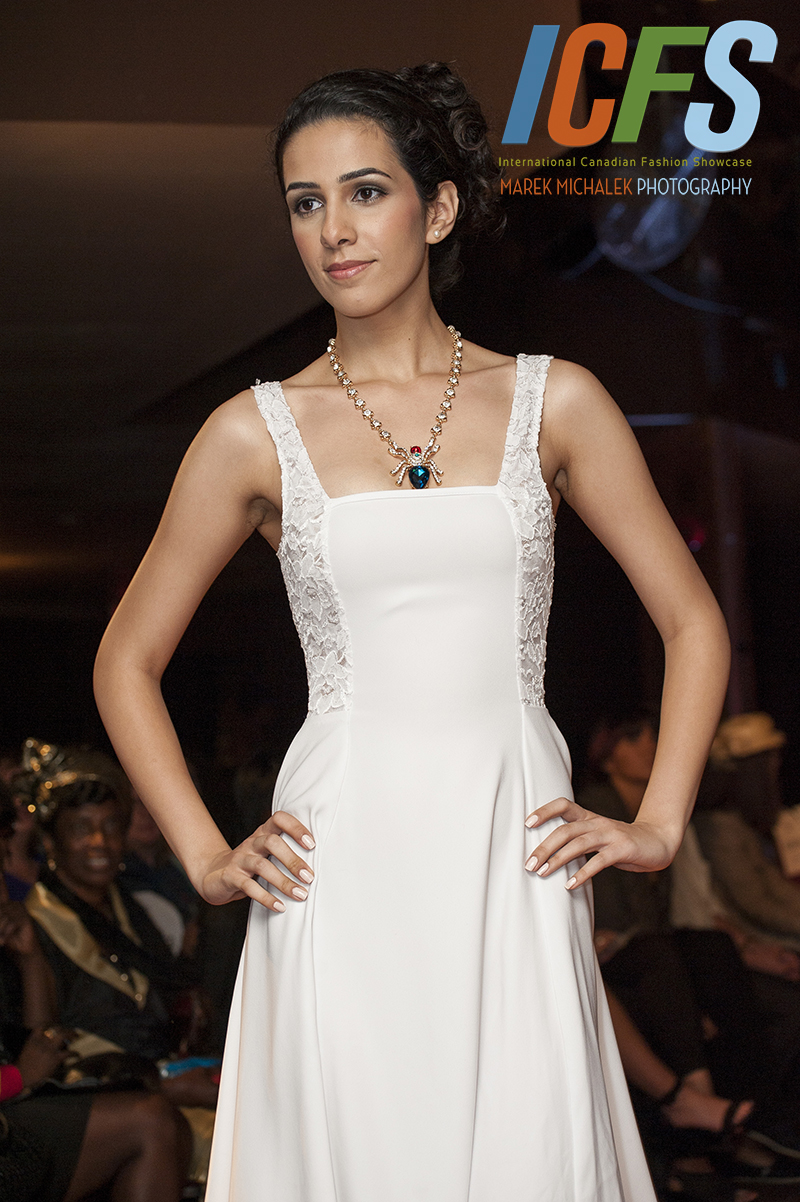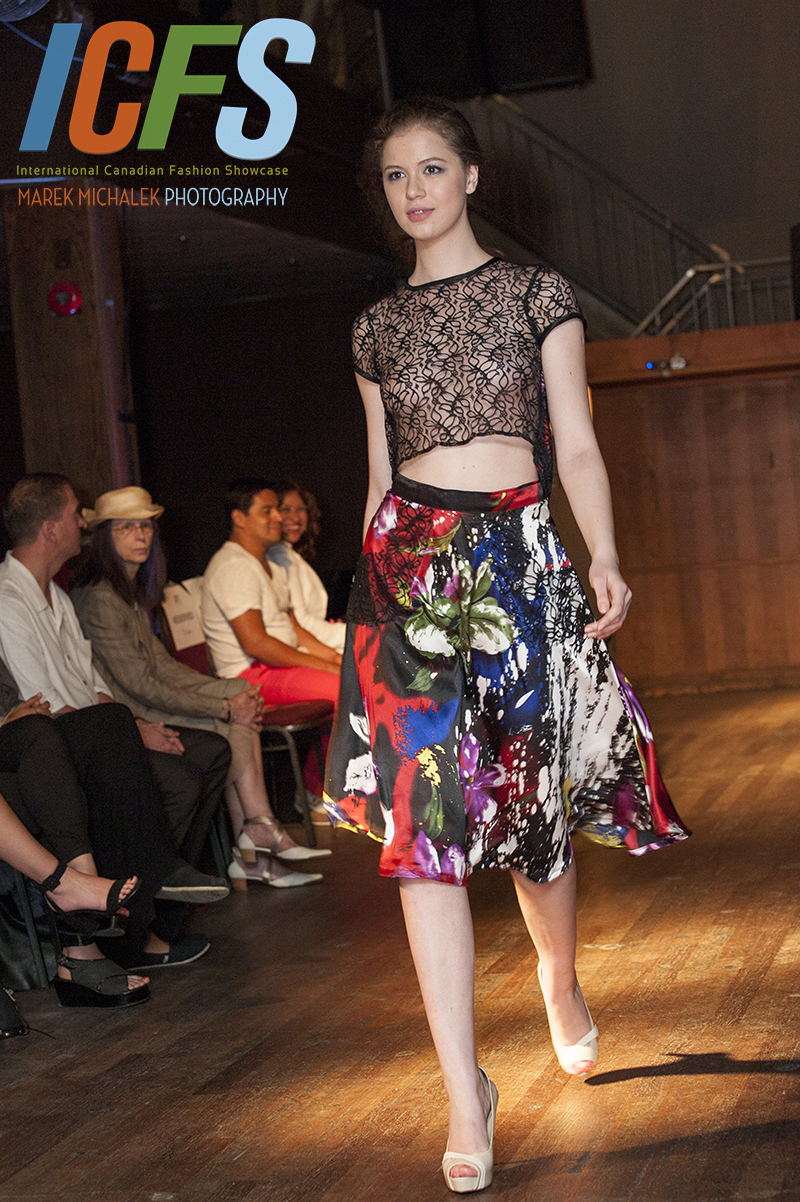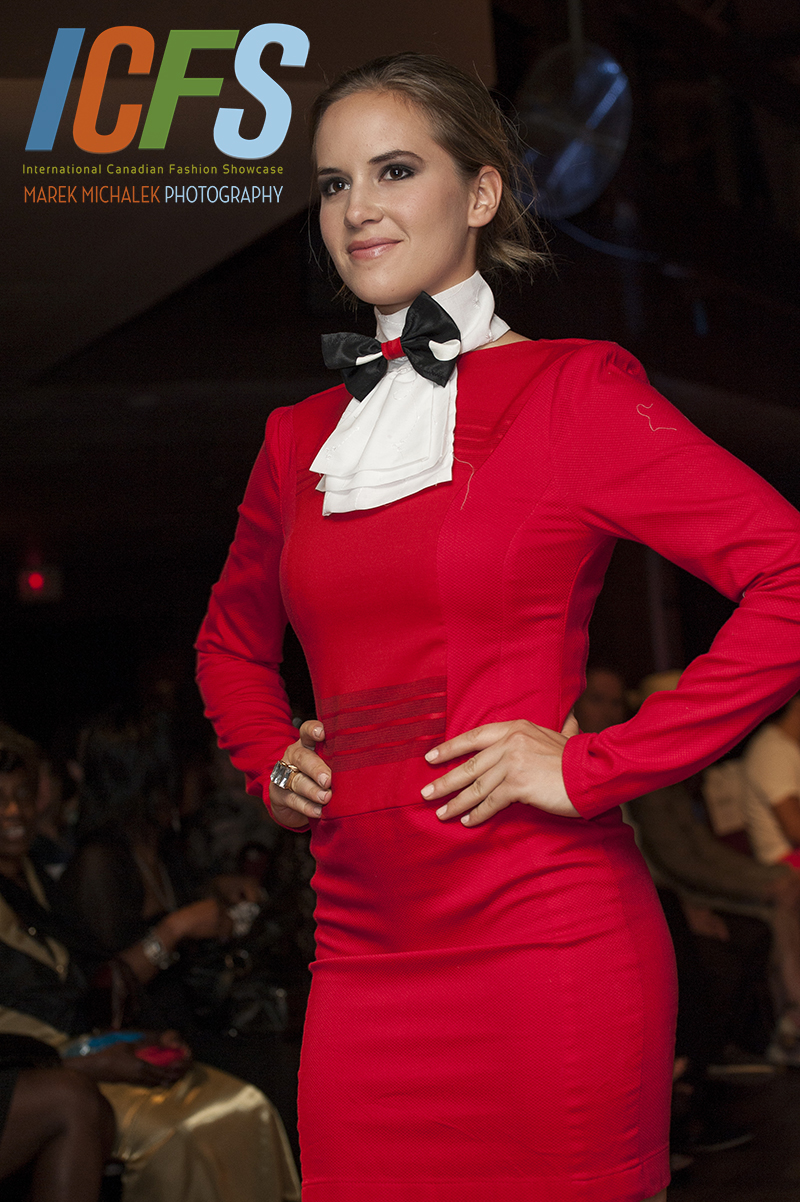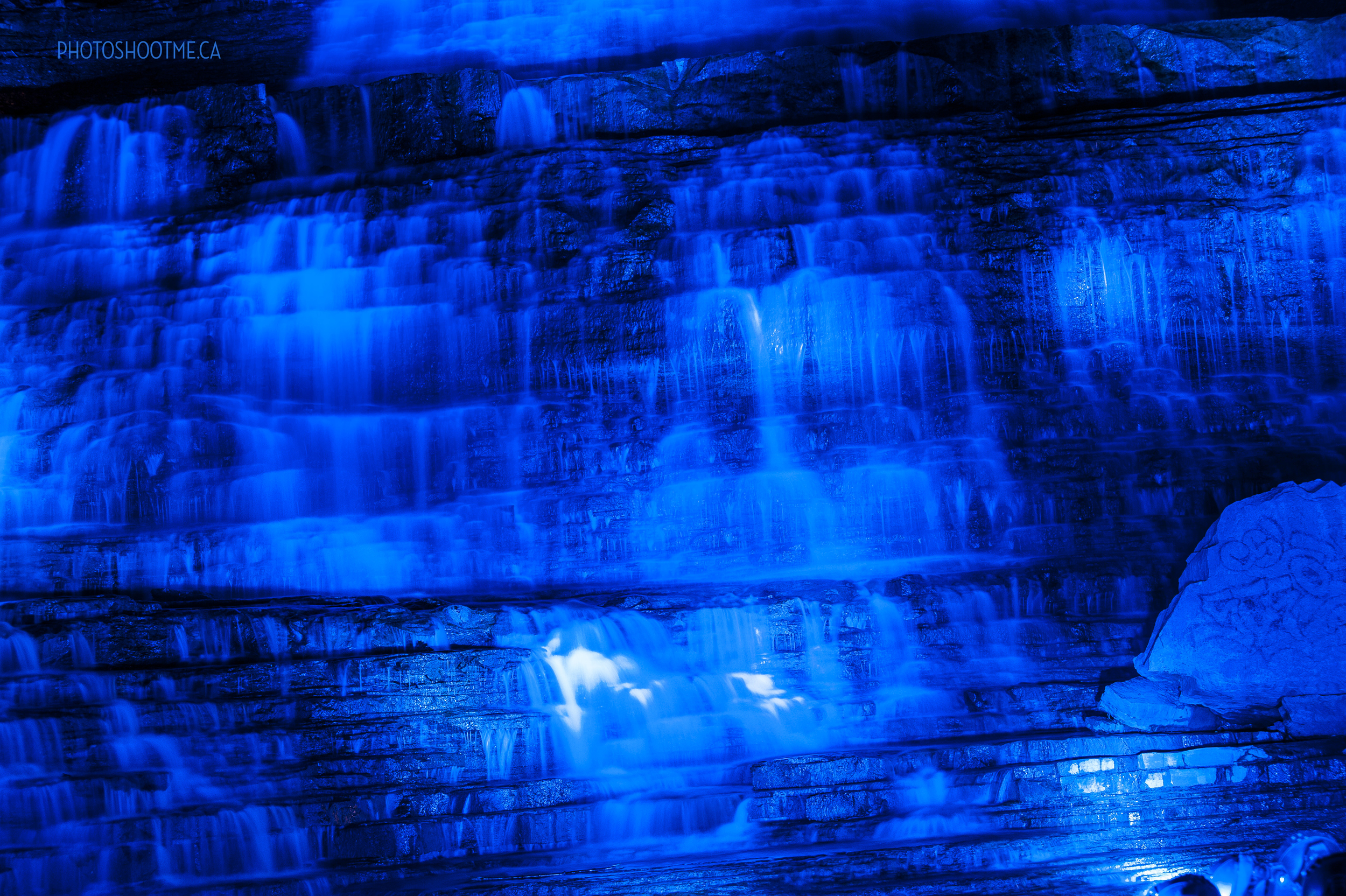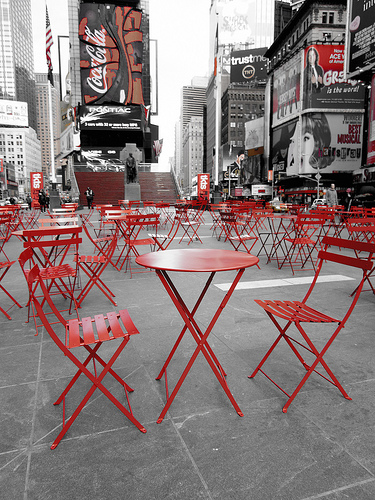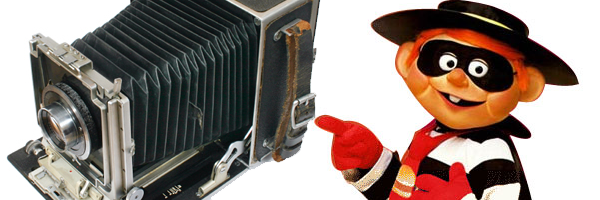I thought I would do a quick write up of my weekend as lots of my friends have been asking what is going with my Facebook page photos. This week I had the opportunity to be a “celebrity photographer” at FanExpo in Toronto.
Basically there was a casting call for photographer I applied to and 2 weeks later I’m shooting at FanExpo 2013. If you’re not familiar FanExpo is a fan convention (basically like Comic-Con). There are athletes, actors, musicians, essentially a load of celebrities at various stages in their careers. They do autograph signings, panels, and get out and meet fans. It’s a great opportunity to meet some really cool people in the entertainment business. Others might know it as a nerd festival where legions of fans come decked out in their Star Trek or anime costumes. If you were anywhere within the vicinity of the convention centre you would know what was going on. Blue girls walking around, guys with giant swords strapped to their backs strutting the streets. FanExpo is a sight to see no doubt, and a place to be if you are an avid people watcher.
Shootin the Celebs
My role this weekend was not a glamorous one by any means. I got to snap photos of fans with their favourite celebrities. I did not have to do any fancy lighting set ups or super creative shots. It was just taking a simple portrait. I looked at it differently though. I had 5 seconds to take a photo that will mean a lot to someone for years to come. There are people who will frame these photos right next to their wedding photos. That’s the fascinating thing about fandom. These celebrities are so revered and loved. They have played characters that are now permanent fixtures in our cultural history.
For these fans getting the opportunity to meet and have a photo taken with them truly means a lot. There’s an odd simultaneous connection/disconnection we have with celebrities. We know them so well. Every detail of their life is shared in the public eye; we know a creepily large amount about them. We follow their careers and personal lives. Yet they live in such a different world. We place them on these pedestals as larger than life figures. That’s what makes it so odd when we see them in real life. So often they are not as tall as we imagined. Perhaps they are more friendly or down to earth than we thought. So when we do finally see them in real life there is an influx of emotions and experiences that are parading around our heads. And SNAP, the picture is taken, and all we have left is that 15 second memory with our revered celebs, and a glossy 8x10. That was the experience I was part of all weekend. I got to see it from both sides which was really fascinating.
So this weekend I was fortunate enough to photograph David Hasselhoff, Alice Cooper, George Takei, Joe Dante, Barbara Crampton, and Colin Baker. A mixture of arguably famous people. I probably spent the most amount of time with the Hoff which for me was thrilling. I can vividly remember being a young prepubescent lad tuning into the finely crafted drama; Baywatch. The opening credits to that show can easily be considered the best use of slow motion in cinema/televison history.
So before meeting the Hoff I was all gitty and excited. Then, in walked the 6’4 Hoff with his agent/manager and girlfriend. I made sure to play it cool and give a nice firm handshake as I looked eye to eye with the legend. Immediately that celebrity guy disappeared and I was just chatting with a regular guy. A guy with a super busy schedule and a crisp ‘Camp David Polo’ shirt. I didn’t want to ask silly celeb questions. Instead I just chit chatted about normal human stuff. He was so friendly and energetic. The thing that struck me was how busy he was with celebrity appearances and all the stuff he had going on. In my mind the Hoff is not at the peak of his career yet he is still wanted all over the world. It made me think about how many formerly big stars, or even mediocre stars are still living that celeb life years after their heyday. The Hoff is so busy he had to quickly scarf down some sushi in between photo shoots. While eating an impatient fan tapped the Hoff on his shoulder to get a picture. Hasselhoff graciously stopped to take a photo with the guy. Shooting with the famous folk all weekend you can quickly get a sense who legitimately appreciates their fans and understands what a photo means to them.
The process itself was very quick and our instructions were to get through as many fans as possible as quickly as possible. This makes sense as these people have appearances to get to, flights to catch. But every so often you would see them stop and engage with someone. You could tell they wanted to chat more but time restrictions wouldn’t allow it.
Some fans even brought gifts for the celebs such as one gentleman bringing an old concert poster for Alice Cooper. It turned into an amazing memory down memory lane and Cooper seemed genuinely thrilled by it. That’s what I took away from this weekend is that they really are just regular people who have led interesting lives. But people get such a thrill from meeting and interacting with them. Getting great photo with a celeb also seems to have replaced the autograph. It becomes a treasured item.
One of the coolest things to see is when these stars become star-struck themselves. It seems none of us are immune from seeing a celeb and being excited., intrigued, or enthralled. So that was my weekend. I was caught up with people I have “known” from a distance my whole life. I just tried to observe and take it all in. All in all it was a great weekend.







